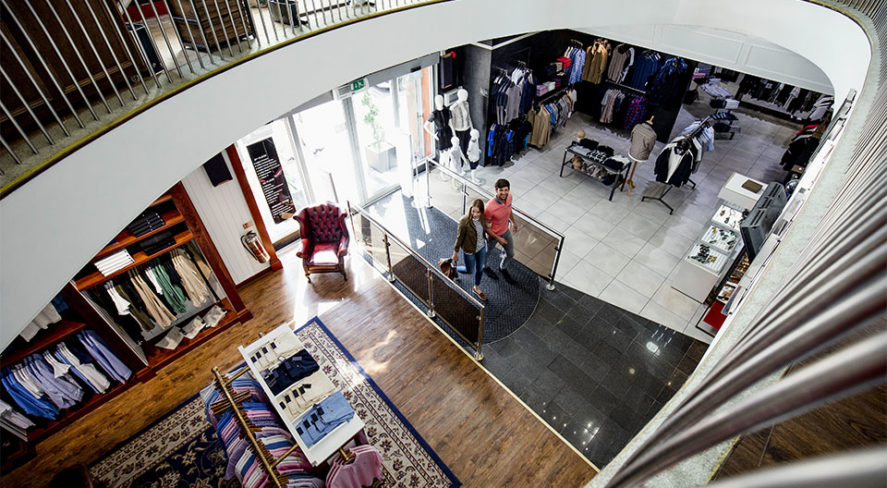How Video, Big Data and Analytics Are Providing Insights and Driving Efficiency in the Retail Sector


It’s no secret that the retail industry is growing more competitive by the day as brick-and-mortar store owners attempt to hold their own against online behemoths offering reduced prices and fast shipping. In this environment, customer experience is becoming increasingly intertwined with sales. Thanks to recent advancements in video capture and data management, retailers are using intelligent video capture solutions combining HD cameras with analytics and big data to improve overall business operations. These business owners are using this intelligence not only to gain insights into customer behavior and sales strategies, but also to protect themselves against theft.
Staffing Efficiency
Unlike their e-commerce competitors, traditional retailers often struggle to determine foot traffic, or the number of customers that come through their doors. The ability to accurately count and analyze foot traffic allows store owners to ensure their business operations are as efficient as possible, allowing for easier decision making and improved sales numbers.
HD cameras placed at the entrance of a store along with sensors that capture certain analytics, such as people counting, provide real-time traffic data. By regularly exporting these reports, retailers can analyze traffic patterns, allowing them to improve staffing levels based upon customer demand. This technology enables many business owners to bring in extra employees during days and times when foot traffic is generally higher and cut overstaffing costs during slow hours.
Merchandising
For the sales floor, efficiency is needed when moving products quickly. Cameras with a corridor mode or fisheye functionality can easily monitor store aisles as customers interact with products and displays. Adding analytics to the solution can generate a visual demonstration of customer flow throughout the establishment, identifying key areas of interest where customers dwell, for example.
The data received from these reports allow business owners to monitor traffic throughout the store, enabling them to optimize product placement and improve a customer’s experience, which can keep customers happier and increase the length of visits. By analyzing customer movements and interactions, retailers can improve or completely alter their sales floor, placing high-value items in high-traffic areas to increase sales. Insights from both people-counting and dwell-time analytics reveal traffic patterns that allow staff to better adjust their display merchandising and end-cap products to drive sales.
Inventory Management
Protecting and optimizing inventory is another key step in running a more efficient retail establishment. In 2016, inventory loss, whether from shoplifting or internal theft, cost U.S. retailers $48.9 billion, according to Money Magazine. Aside from theft alone, understanding what products to stock can be a challenge even for seasoned retail professionals.
Insights from both sales numbers and analytics give store owners better awareness around product stocking and the needs for their individual store. Similarly, video cameras paired with the right software and radio-frequency identification (RFID) technology can greatly improve situational awareness and help retailers search for lost or missing items based on RFID data. As an added bonus, these video surveillance systems placed in stock rooms also deter burglaries and discourage insider theft while reducing liabilities.
Surveillance Data in Focus
Because of the valuable information that these surveillance solutions deliver, retailers can substantially improve their loss prevention efforts and enterprise operations; however, this business intelligence would not be possible without the secure capture, analysis, transfer, retention and preservation of the surveillance data. Simply put, advanced data storage technologies play an instrumental role in enabling the key insights that retailers garner from their security systems.
The next step in retail technology will be the adoption and leveraging of artificial intelligence (AI). It’s predicted that global retail spending on AI will grow to $7.3 billion per year by 2022, up from an estimated $2 billion in 2018, according to Juniper Research. This increase in AI adoption will result in a significant increase in data storage requirements, as well as a requirement for powerful capabilities to process the data.
Surveillance optimized drives are ideal to power on-site recording storage solutions. Retailers managing surveillance systems across hundreds of locations have unique needs and require maximum storage efficiency, particularly if they are combining video with other data and analytics.
Jessica Burton is the global surveillance product marketing manager at Seagate Technology, and Jackie Lawrence serves as manager of marketing communications at March Networks.
